In Photos: Thousands of Goldfish Swarm in Colorado Lake
Thousands of goldfish were spotted in March in Teller Lake #5 off Arapahoe Road in Boulder, Colorado, and biologists are concerned. Here's a look at the fish-filled lake. [Read the full story on the exotic fish dumped into the lake]
Colorado Lake
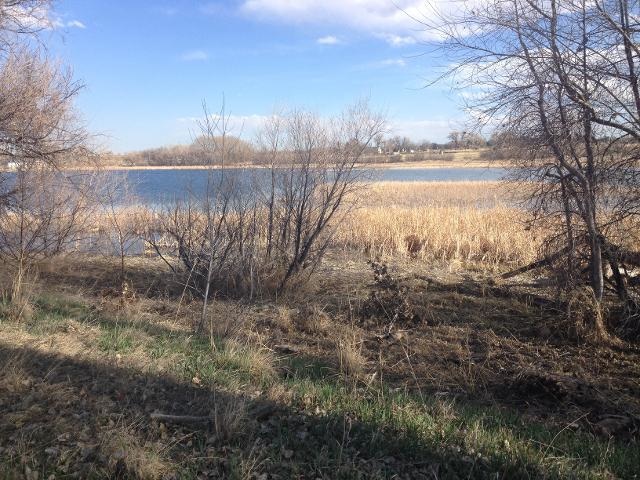
Just a handful of the koi goldfish were likely dumped into the Colorado lake (shown here) a few years ago. The fish are not native to the lake and don't occur naturally anywhere in North America, according to fish biologist Ben Swigle with the Colorado Parks and Wildlife. (Photo Credit: Colorado Parks and Wildlife)
Young ones
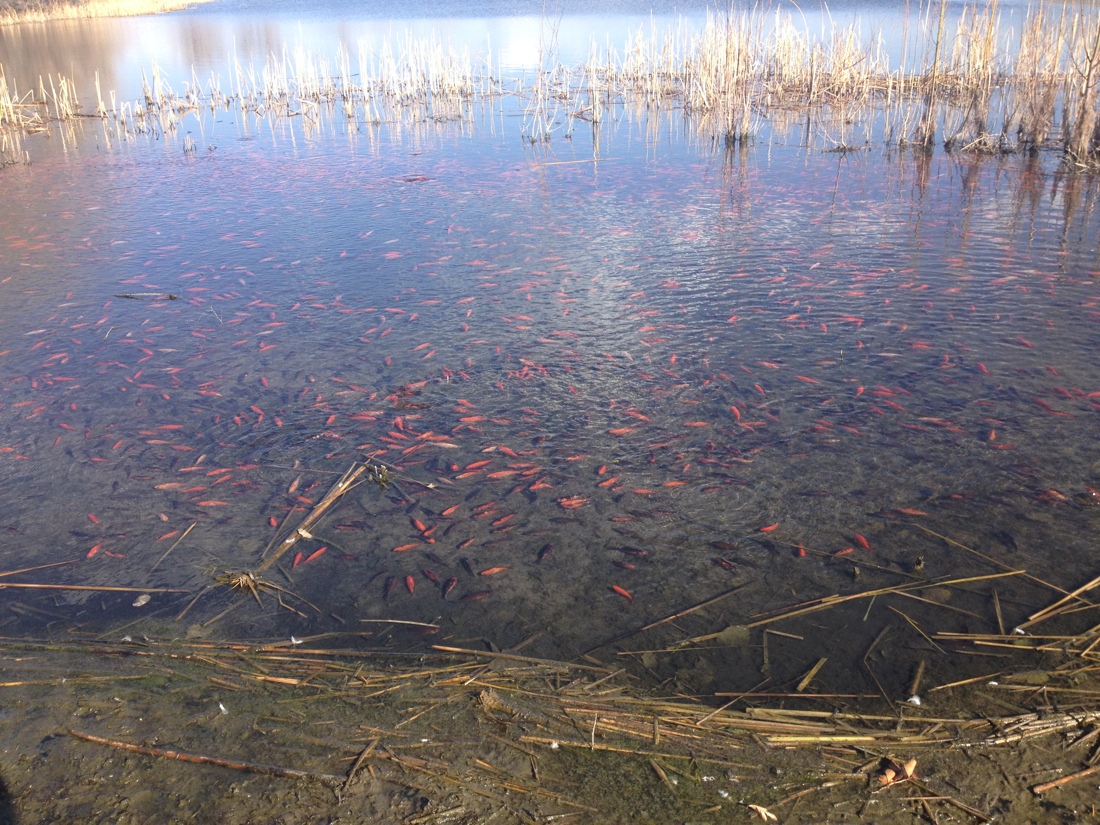
Based on the size of the fish and past experience, Swigle suspects they are about 3 years old, meaning someone dumped their unwanted aquarium pets into the lake about three years ago. He thinks they probably came from just a handful of koi released into Teller Lake. (Photo Credit: Colorado Parks and Wildlife)
Worrisome find
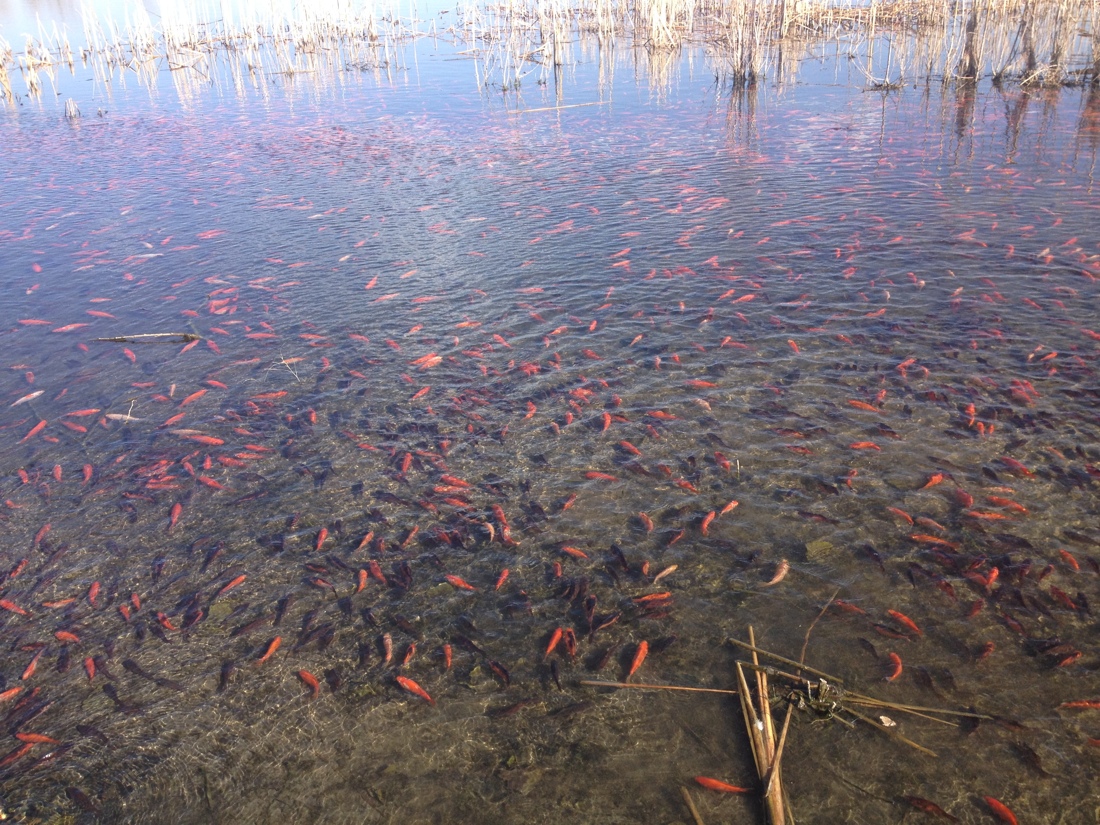
Exotic species may be fine for aquarium-fish enthusiasts but when they get released into natural waterways they can wreak havoc. For instance, if these koi goldfish were to make it downstream and explode in numbers there, they could supplant native fish species there. Downstream, some three to four fish species are considered threatened or "species of concern," Swigle said. They include the brassy minnow, common shiner and stone cat fish. (Photo Credit: Colorado Parks and Wildlife)
Sign up for the Live Science daily newsletter now
Get the world’s most fascinating discoveries delivered straight to your inbox.
Hungry fish
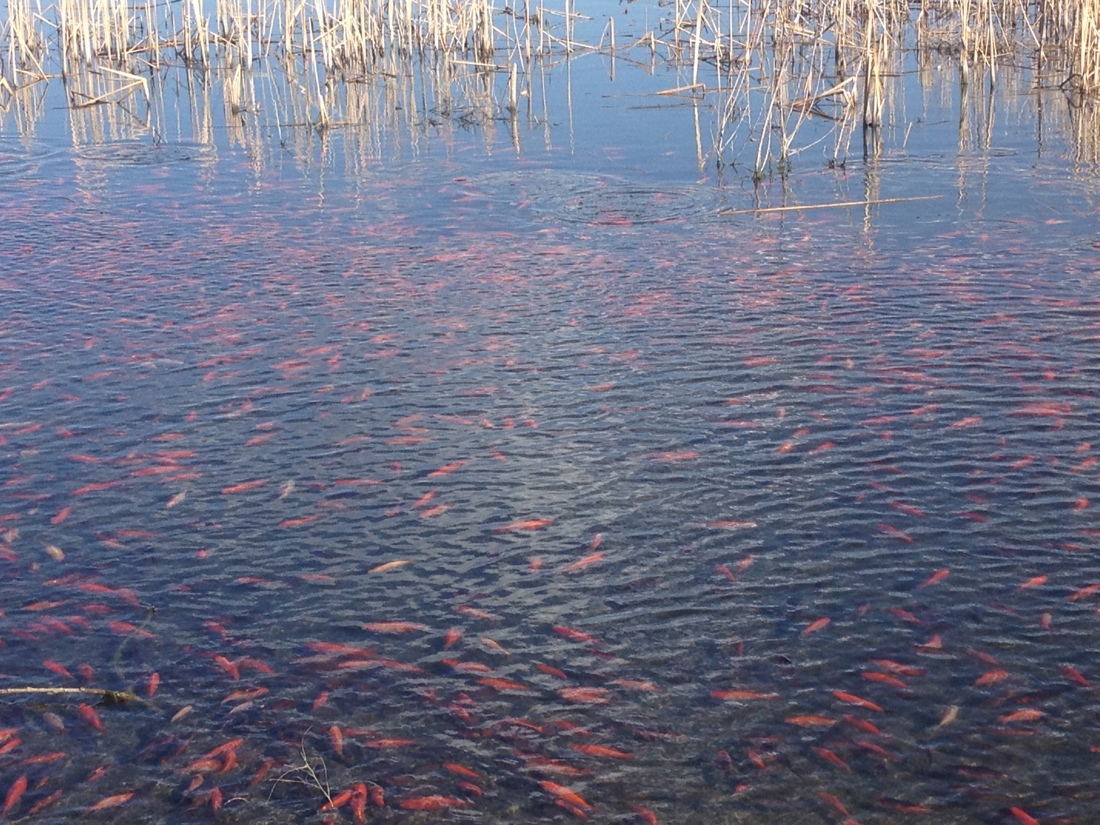
The koi goldfish has at least one thing in common with those downstream fish. They both like to eat plankton and small insects. That means the goldfish would compete with native fish, some of which have been there since the land was settled, for food. (Photo Credit: Colorado Parks and Wildlife)
Fighting for space
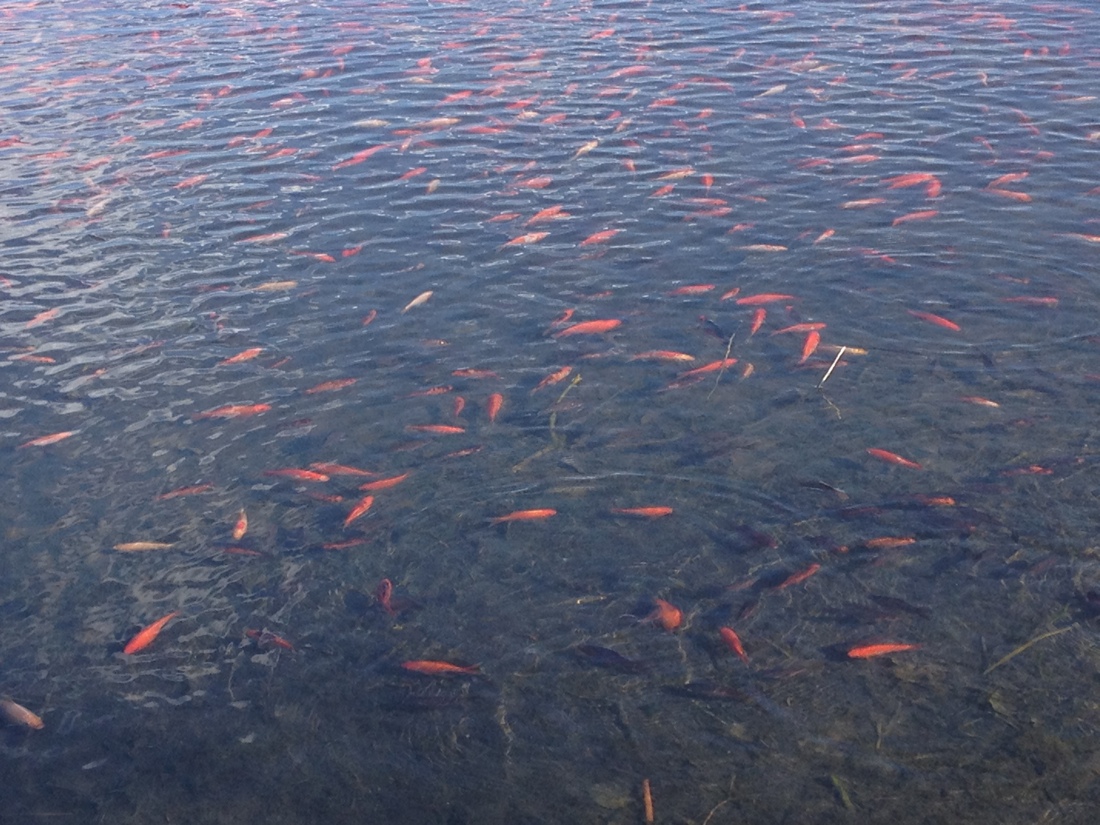
In addition to competing for foraging resources, the goldfish could compete with native fish for space, particularly spawning habitat, Swigle said. Here, another look at the swarms of goldfish found in Teller Lake #5. (Photo Credit: Colorado Parks and Wildlife)
Goldfish removal
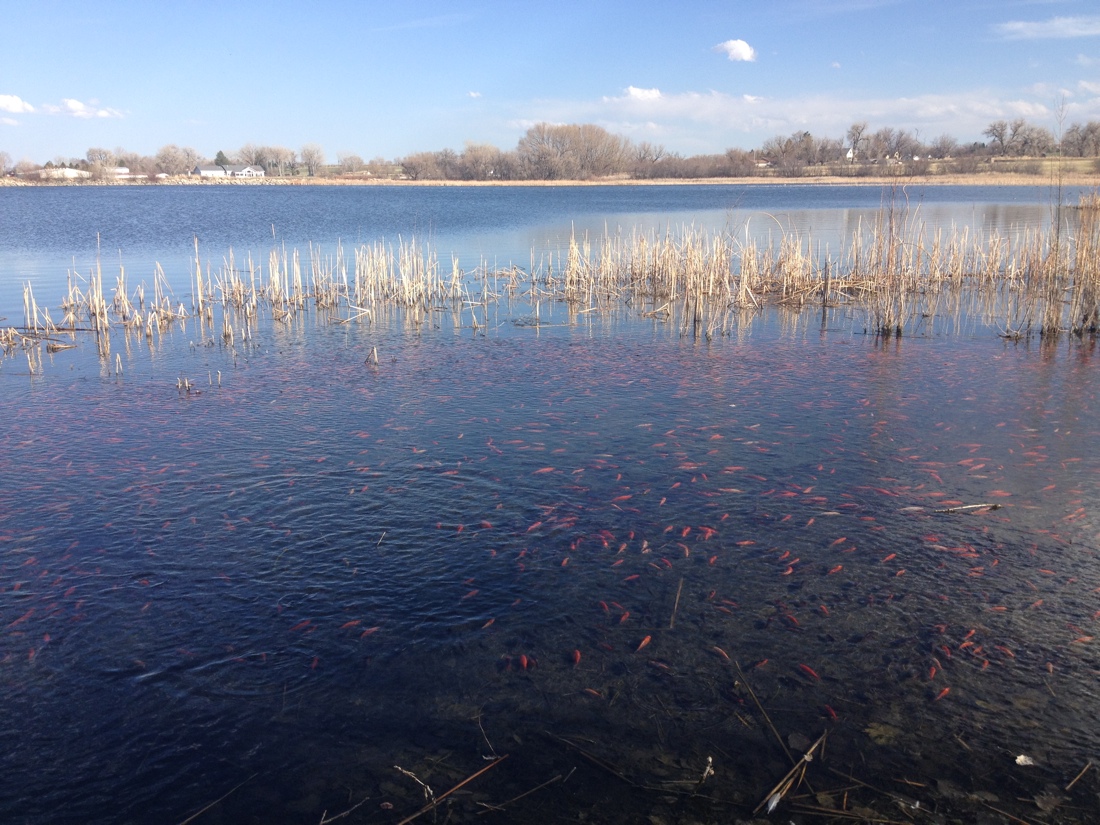
Swigle said there are three options for removing the goldfish from Teller Lake #5. These include: electrofishing, which involves stunning the fish in order to physically remove them from the lake; killing the fish with rotenone, a chemical that interferes with respiration; and draining the lake and leaving it dormant. If the fish are physically removed, they could be fed to injured bald eagles, ospreys and hawks at a raptor center, Swigle said. (Photo Credit: Colorado Parks and Wildlife)
More goldfish
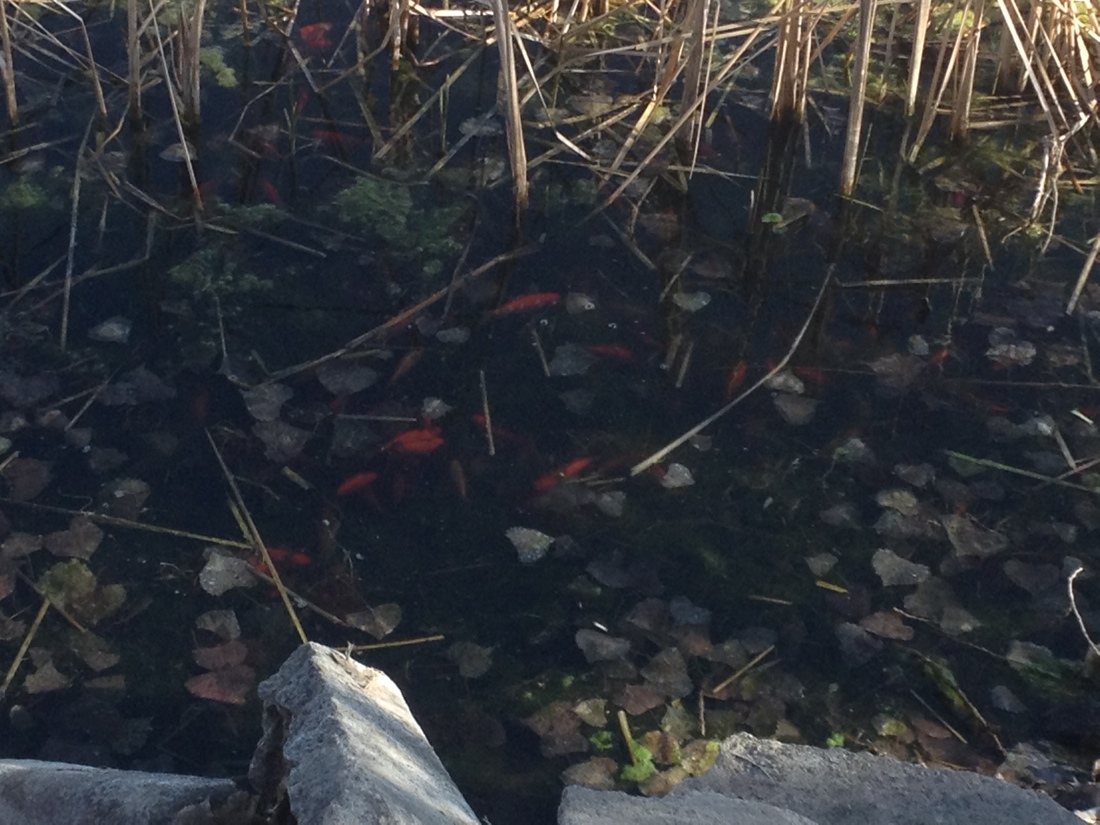
Here, a close-up look at the young fish in Teller Lake. The American Veterinary Medical Association offers humane ways of getting rid of pets such as goldfish. (Photo Credit: Colorado Parks and Wildlife)
Follow Live Science @livescience, Facebook & Google+.
Jeanna Bryner is managing editor of Scientific American. Previously she was editor in chief of Live Science and, prior to that, an editor at Scholastic's Science World magazine. Bryner has an English degree from Salisbury University, a master's degree in biogeochemistry and environmental sciences from the University of Maryland and a graduate science journalism degree from New York University. She has worked as a biologist in Florida, where she monitored wetlands and did field surveys for endangered species, including the gorgeous Florida Scrub Jay. She also received an ocean sciences journalism fellowship from the Woods Hole Oceanographic Institution. She is a firm believer that science is for everyone and that just about everything can be viewed through the lens of science.









